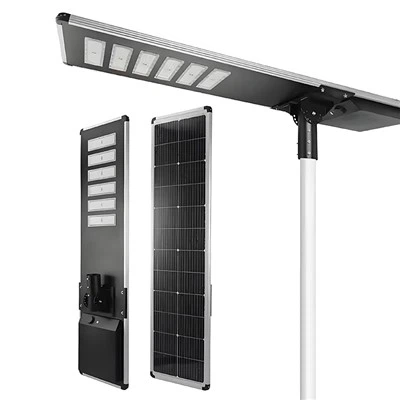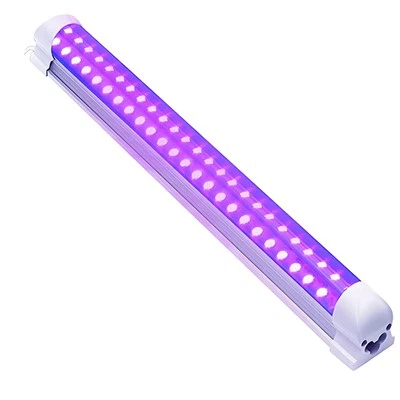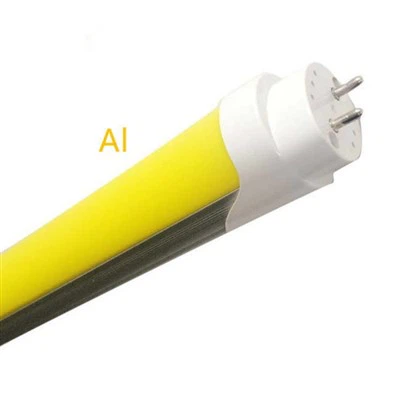SMD LEDs: what they are and the existing types
SMD LED modules are now frequently utilized to create LED luminaires and LED strips for a variety of uses across many industries. Wherever precise control of light dispersion and excellent efficiency are required, this technology is applied.
High criteria of reliability and safety, low power consumption, and durability define SMD LEDs. What, though, are SMD LEDs? Let's together research this.
We shall cover the following subjects in depth in our analysis of SMD LEDs:
What are SMD LEDs and SMD LED chips, and what do they mean?
How do you solder SMD LEDs?
SMD LED types: everything you need to know
SMD LED measurements
How do COB and SMD LEDs differ from one another?
Understand what micro SMD LEDs are.
SMD RGB LEDs: an explanation
LED SMD: the color options
SMD LEDs and their polarity
The SMD LEDs in the SLIM range
What are SMD LEDs and SMD LED chips, and what do they mean?
Surface Mount Device and Light Emitting Diode is the abbreviation for SMD LEDs. The term "electronic component" refers to a group of LED modules that are directly installed on one side of a printed circuit board using surface mount technology, or SMT.
A parallelepiped shape known as a chip, which houses the emitting surface inside, is what gives SMD LEDs their distinctive appearance. On the sides of the gadget are the diodes that provide power.
How do you solder SMD LEDs?
SMT technique is used to solder SMD LED chips, which are self-contained LED devices, onto the printed circuit board (PCB) surface. By using this technique, the SMD LEDs can be soldered to the circuit board's two sides without having to drill or cut through the board.
These types of component assembly have the following benefits:
the potential for employing fewer components and creating electronic circuit boards that are more compact; a decrease in the amount of scrap produced
as a result of the circuit drilling operation;
a resulting decrease in working time due to the usage of automated machines like the Pick&Place machine.
SMD LED types: everything you need to know
SMD LEDs come in various varieties, and each one is distinguished by a set of numbers that specify its dimensions and corresponding brightness level. The millimeter-based size of the chip itself is represented by the LED identification number.
The 3528 kind of SMD LED is the most popular on the market among the several SMD LED subtypes. One of the first LEDs to hit the market, this one has a power range of 6 to 8 lumens, a 0.20W usage, and a very modest light output.
The output of the SMD 5050 LEDs ranges from 16 to 22 lumens. They are among the first chips to provide more power, making them appropriate for general illumination requirements.
The recently created SMD 5630 and 5730 LEDs are particularly well liked because they offer good brightness at a low power consumption. These SMD LEDs can be used in applications where high lumen output is required.
The existence of a heat sink inside SMD 2835 and 3014 LEDs, which prevents the source from overheating, is what makes them the most durable and effective LEDs overall. On LED strips, this kind is typically utilized for lighting as well as purely ornamental functions.
SMD LED types: everything you need to know
SMD LEDs come in various varieties, and each one is distinguished by a set of numbers that specify its dimensions and corresponding brightness level. The millimeter-based size of the chip itself is represented by the LED identification number.
The 3528 kind of SMD LED is the most popular on the market among the several SMD LED subtypes. One of the first LEDs to hit the market, this one has a power range of 6 to 8 lumens, a 0.20W usage, and a very modest light output.
The output of the SMD 5050 LEDs ranges from 16 to 22 lumens. They are among the first chips to provide more power, making them appropriate for general illumination requirements.
The recently created SMD 5630 and 5730 LEDs are particularly well liked because they offer good brightness at a low power consumption. These SMD LEDs can be used in applications where high lumen output is required.
The existence of a heat sink inside SMD 2835 and 3014 LEDs, which prevents the source from overheating, is what makes them the most durable and effective LEDs overall. On LED strips, this kind is typically utilized for lighting as well as purely ornamental functions.
the SMD LED size
The rectangular shape of SMD LED chips, which varies in length and breadth depending on the model, defines them. SMD LEDs are typically limited to 5.7 millimeters in length and 5 millimeters in width, regardless of size.
The SMD LED's size is what has the biggest impact on the device's brightness and power usage. The brightness level increases with device size. The numerical shorthand used to distinguish between the many varieties of LED makes it simple to comprehend these qualities.
How do COB and SMD LEDs differ from one another?
As with SMD LEDs, the name "LED" is frequently used in conjunction with other acronyms. Chip-on-board LED technology is known as COB LED. Since its introduction in 2011, this technology has made it possible to create high-power diodes with a condensed light-emitting surface area.
Why should COB or SMD LEDs be chosen? There are several major benefits that came with the introduction of COB LEDs. The first is the potential for downsizing luminaires and the light sources inside of them. Individual plates can be installed close together thanks to COB technology. Since there is no space between one LED module and another, the distribution of the light beam may be controlled precisely. The power rating of the luminaire on which it is to be placed (perhaps less than 50/70W) is one application limitation of this technology, though. Because SMD LEDs are more dependable and perform better in high power applications, they should be chosen over COB technology.
What are SMD micro LEDs?
The market of today wants LEDs that are ever-smaller and more effective. The development of products with genuinely outstanding lumen/watt ratios has been made possible by the search for ever better-performing SMD LED chips, which has allowed for the creation of ever-smaller luminaires. This has led to the creation of SMD micro-LEDs, highly efficient miniaturised technologies for small circuits.
Surface Mounted Led Flat Panel
Feature:
● Incl. mounting and connection accessories
● Material: aluminium (housing), PMMA (diffuser)
● Dimensions (L x W x H): 595 x 595 x 60 mm
Specification:
|
Luminous flux: |
2700 lm |
|
Colour temperature: |
3000 K |
|
Power: |
49 W |
| Light Color: | Warm White |
| Light efficiency (lm/W) | 55 lm/W |







